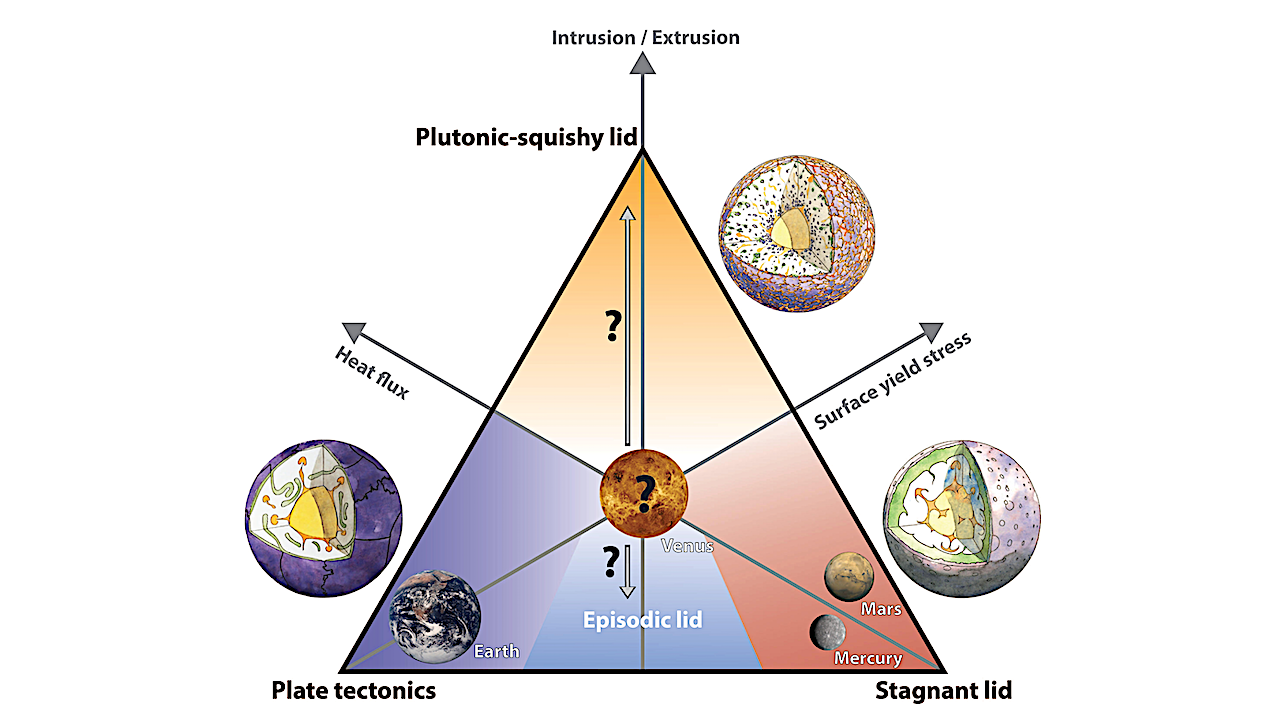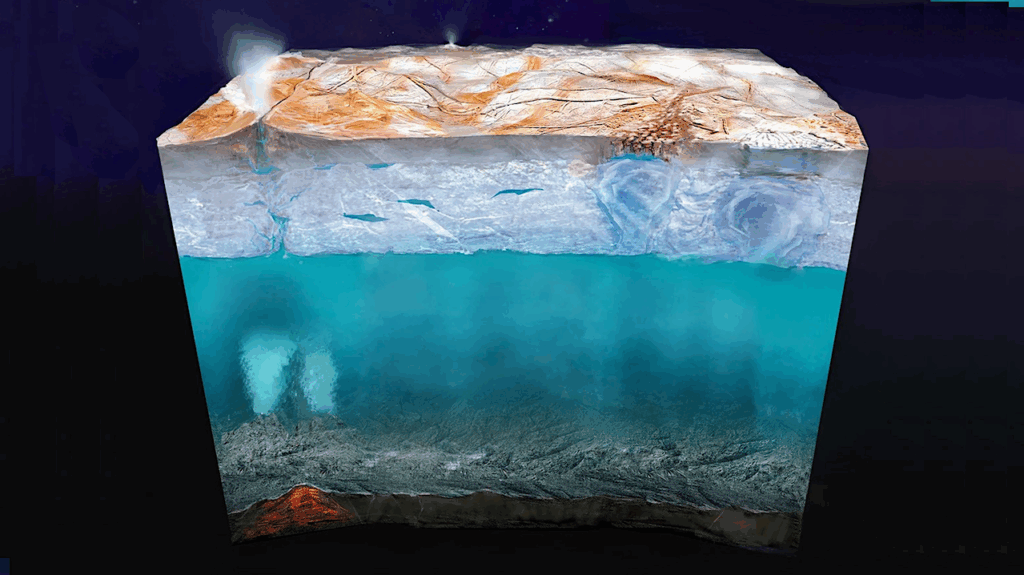Interior Controls On The Habitability Of Rocky Planets

No matter how fascinating and exotic other terrestrial planets are revealed to be, nothing generates more excitement than announcements regarding their habitability.
From the observation of Mars to present-day efforts toward Venus and the characterization of exoplanets, the search for life, or at least environments that could accommodate life, has been a major drive for space exploration.
So far, we have found no other unquestionably habitable world besides Earth. The conditions of the habitability of terrestrial planets have proved elusive, as surface conditions depend on the complex interplay of many processes throughout the evolution of a planet.
Here, we review how the interior of a rocky planet can drive the evolution of surface conditions and the atmosphere. Instead of listing criteria assumed to be critical for life, we discuss how the bulk-silicate planet can affect the onset, continuation and cessation of habitability. We then consider how it can be observed and current efforts towards this end.
Cedric Gillmann, Kaustubh Hakim, Diogo Lourenco, Sascha P. Quanz, Paolo A. Sossi
Subjects: Earth and Planetary Astrophysics (astro-ph.EP)
Cite as: arXiv:2403.17630 [astro-ph.EP] (or arXiv:2403.17630v1 [astro-ph.EP] for this version)
Journal reference: Space Sci Technol. 2024;4:0075
Related DOI:
https://doi.org/10.34133/space.0075
Focus to learn more
Submission history
From: Cedric Gillmann
[v1] Tue, 26 Mar 2024 12:06:34 UTC (1,192 KB)
https://arxiv.org/abs/2403.17630
Astrobiology,








